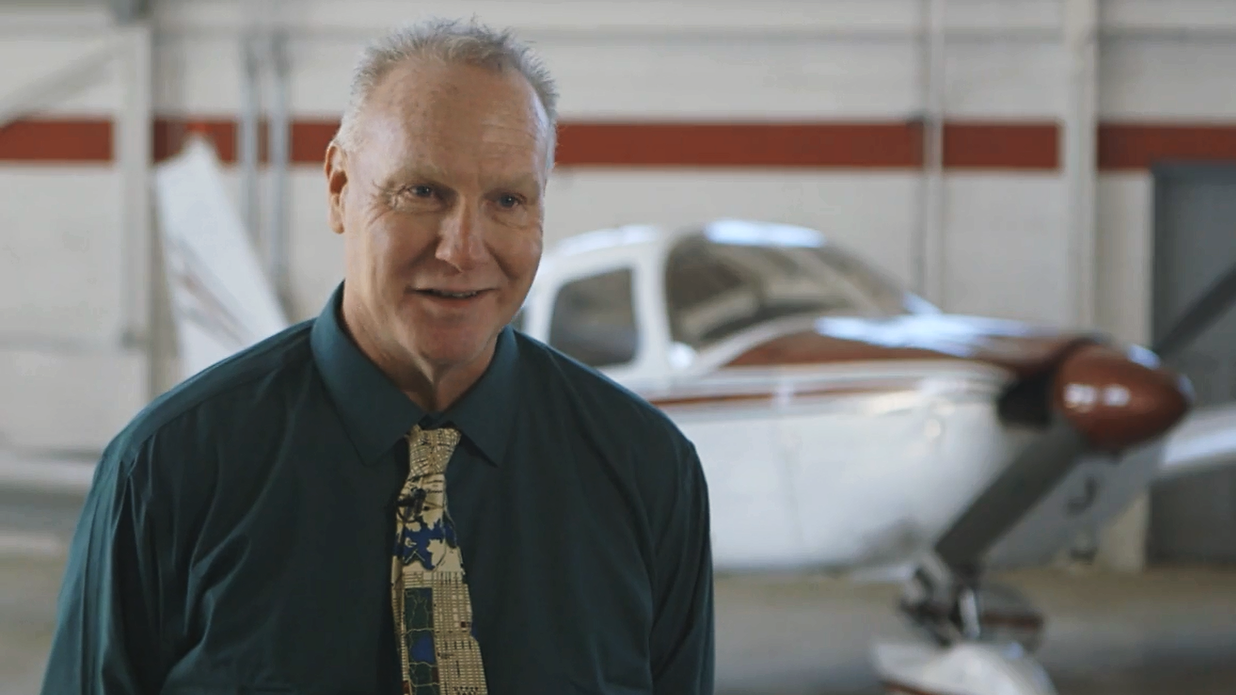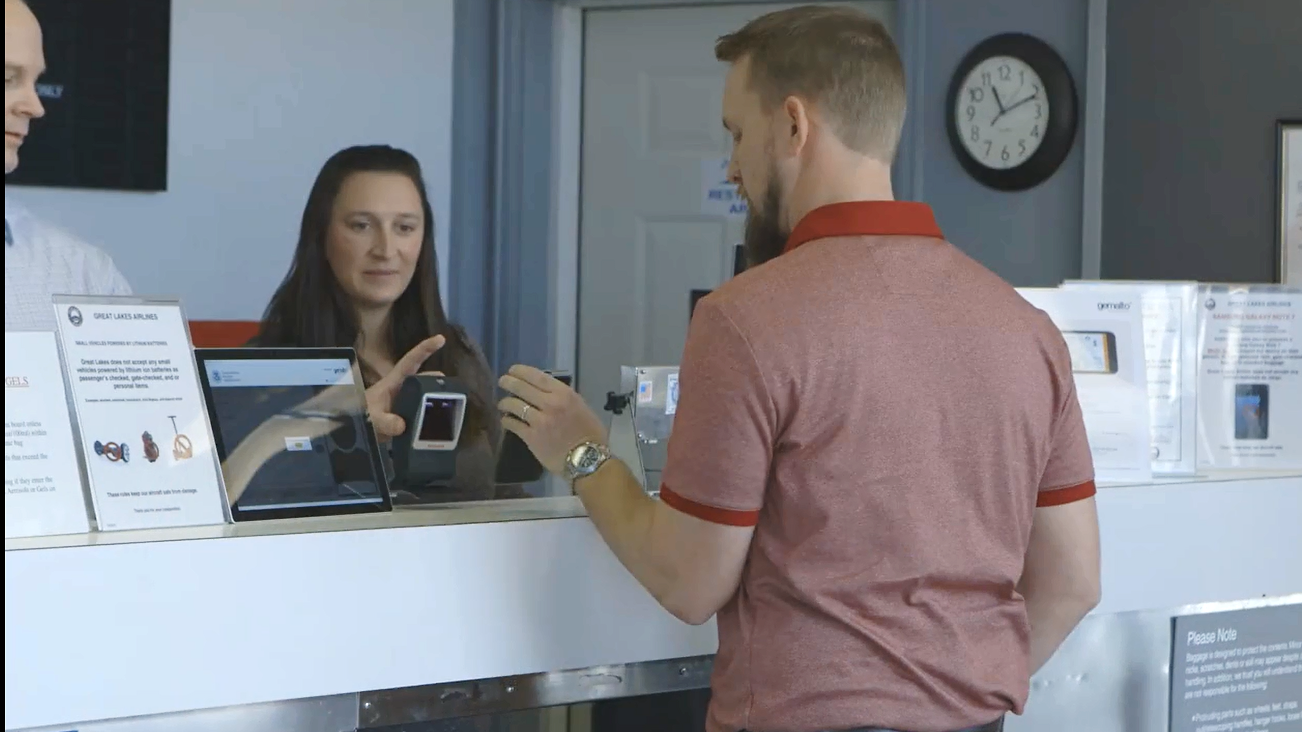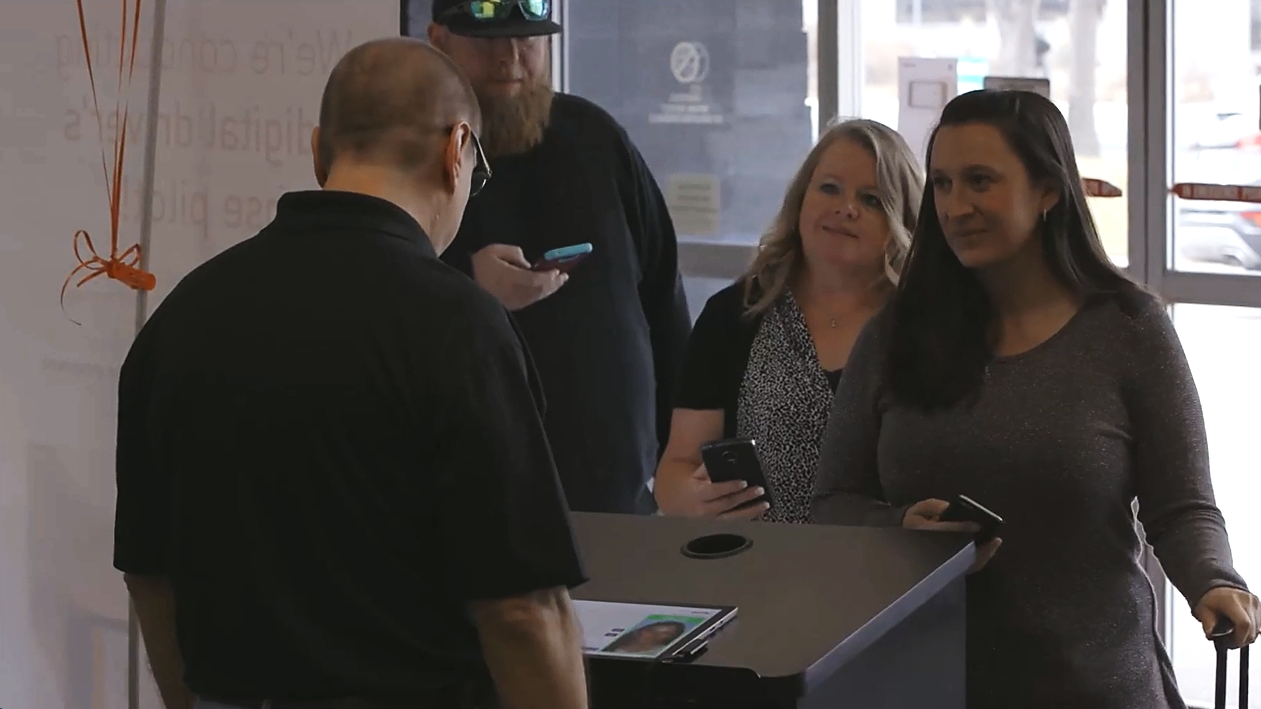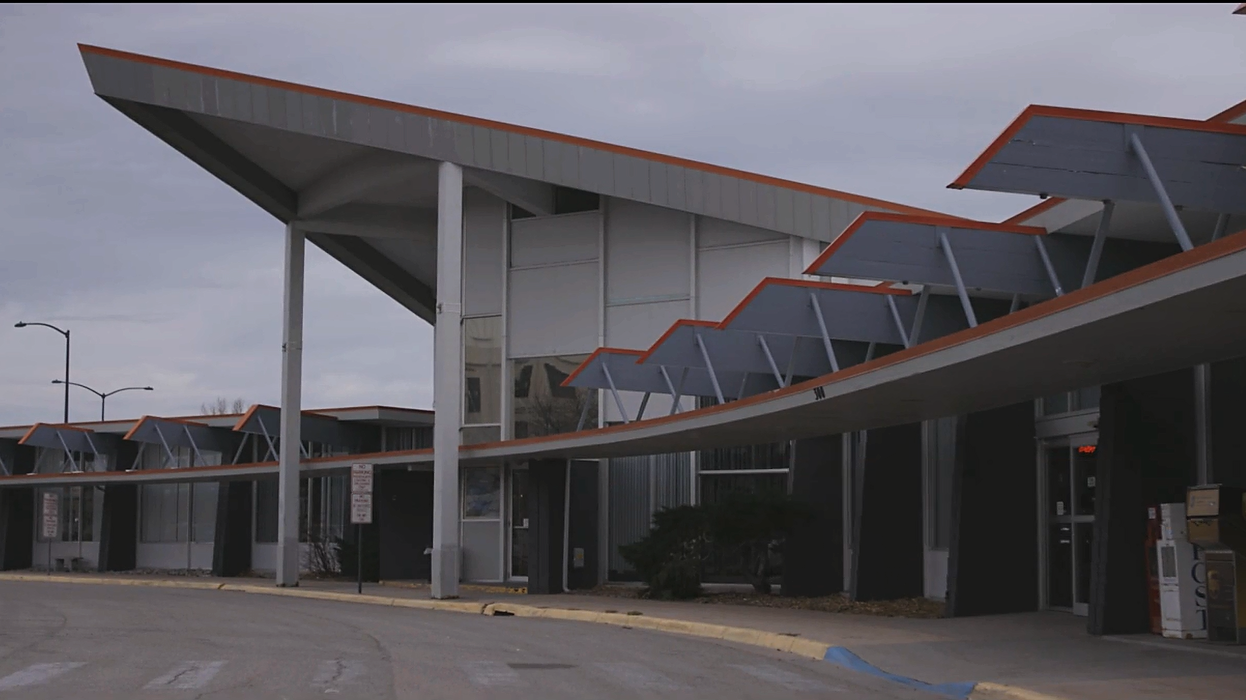As digital driver’s license technology edges closer to real-world implementation, engaging key partners in the field offers insight which is shaping the development of a new landscape in digital identification. Feedback from the field illustrates the practical benefits of mobile licensing for users and verifiers, and highlights the security and efficiency that early adopters expect from a breakthrough in digital innovation.
In the aviation industry, a smooth, secure process for personal identification is a critical part of moving passengers and crew from check-in to wheels-up. To get a first-hand impression of the role DDL technology will play in easing their air travel experience, we spoke with Tim Barth, Director of Aviation at Cheyenne Regional Airport, during our recent Phase I pilot activity in the Cowboy State.

QUESTION
Prior to the pilot events at Cheyenne Regional Airport, had you heard about DDL or mDL technology?
ANSWER
Actually, we had heard about the digital driver’s license project before. Being in the aviation industry, we are constantly watching the changes in technology that come through from our sister organizations as well as our professional associations, like the American Association of Airport Executives and the TSA. It was not a surprise that this was coming to us. We knew that the digital driver’s license was going to be on the forefront, and it was something that we’d be expecting in the next few years. As a regional airport that prides ourselves on being forward-thinking, we were pleased to participate in the DDL pilot activities, and enjoyed partnering with the Wyoming Department of Transportation and their participant pool to test out the DDLs in Cheyenne.
QUESTION
How do you think the airline industry will respond to having a digital credential as a part of their standard security process?
ANSWER
If you look at what we already do with electronics, we’re already receiving our boarding passes with it. We are already receiving all of our flight information with it, and we’re booking our tickets on it. So, the only piece that is really missing is the identification piece. We certainly see the value in anything that allows our passengers and staff to be more in-line with trends in technology, and the fact that so many other important features of travel – ticketing, reservations, taxi service, payment – have already moved onto our smartphones. And as you see travelers go through the major hub airports, like Denver, Houston, Dallas, or Los Angeles, the queue times for security can be pretty long. And with the digital system now, to have your mobile boarding pass as well as your DDL right on your phone, it will certainly make the average travel experience a lot easier and a lot more efficient.
QUESTION
And how is the convenience-factor of a DDL beneficial for passengers, airport staff, and security personnel?
ANSWER
When you arrive at the airport, the first thing you’re going to have to do is check in at the ticket counter. And there, you already know you’re going to have to have your driver’s license handy for identification check. As it stands, passengers might have a mobile boarding pass, but they’re then stuck fumbling for their traditional ID in their bag or wallet. They’re balancing several things at once just to check-in.

Then, once you’re done at the ticket counter, the next thing that most travelers have to do is go down through the security checkpoint. Then again, you have to have an ID available, as well as a boarding pass, so you’re starting the process all over again instead of having everything you need to pass through security easily accessible right on your smartphone.
What people don’t often associate with aviation is the fact that pilots have to carry identification, too. The flight crews, the flight attendants, the first officers, the ground handling crew, the caterers that put the food on the aircraft, everybody that’s going to be around a particular aircraft at the airport is required to have a license. And in the digital format it’s going to make our job a lot easier and a lot more secure.

QUESTION
Speaking of security, are digital credentials something you view as privacy-enhancing for both travelers and verifiers at TSA checkpoints?
ANSWER
When a passenger comes up to the TSA checkpoint, the only information that is displayed in their DDL app is exactly what the TSA needs. So, they don’t have to show all the other personal information that is contained in a traditional license or ID document. In this way, the user, our passengers, have an added layer of security around the information they are required to share. On the verifier side, the information contained in the DDL syncs up with the DMV database, and it can be updated with any changes in real-time. So, the guesswork and time spent on the part of the verifiers, who deal with record-setting numbers of passengers in a season and have to review each and every license that comes through, can be mitigated.

QUESTION
Now that you’ve seen DDLs in action and have spoken with pilot participants in Cheyenne, what are your impressions of how this technology will fit in with what they’re already doing as citizens and travelers?
ANSWER
What’s outstanding about this program is that soon anyone with a smartphone will be able to carry their digital driver’s license, their methods of payment, all of their hotel reservations, boarding passes, everything that we’ve come to rely on mobile technology for when traveling, on one device. It makes sense for personal identification to join that group. You don’t have to carry a bunch of different documents anymore. Not only is it helpful being a traveler at the airport, but it’s helpful in everyday life.
To hear more from Tim Barth on how DDLs will impact the aviation industry, check out the live-action footage from our pilot activity in Wyoming below:


